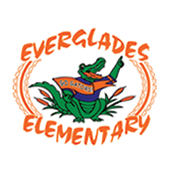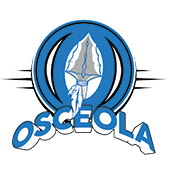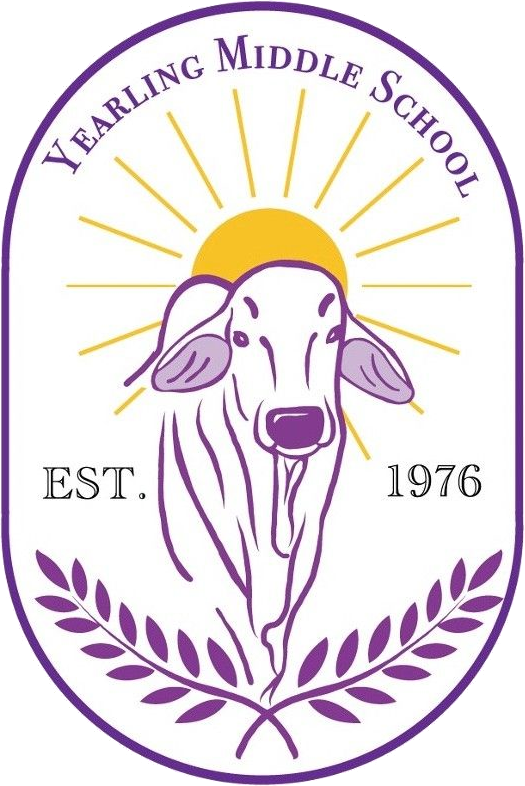Common Language for Standards-Based Instruction
|
Accommodations |
Accommodations are adjustments that can be made to the way students access information and demonstrate performance that do not require changes in the curriculum. Types of accommodations include: presentation, response, scheduling, and setting. Accommodations are not the same as instructional interventions for academics or behavior, though they may be included in instructional plans for implementing interventions and the assessments used to monitor progress. (contrast with “modifications” in ESE terms) |
|
Assessment |
Assessment refers to a collection of processes to estimate a “current reality”. Formative, Interim, and summative assessments provides multiple sources of student data to guide decisions about adjusting instruction and/or providing interventions. Standardized assessments provide a basis for assessing status relative to norms or criteria. |
|
Common language of instruction |
The core collection of terms and expressions used in collegial professional development to deepen understanding of the complexity of teaching, promote clarity in professional communications, and enhance the quality of feedback on improvement of instructional proficiency in delivery of a standards-based curriculum. |
|
Cognitive Load |
Total amount of mental effort being used in the working memory during instruction. |
|
Curriculum mapping |
Okeechobee’s way of mapping standards for the year. It is used to ensure essential concepts and standards are present to identify gaps and to check for repetition. It supports horizontal alignment of assessments, content and some methods between subjects. |
|
Differentiated Instruction |
An approach to teaching and learning that gives students multiple options for taking in information and making sense of ideas. Lesson design for differentiated instruction provides opportunities for students to do different things during instructional time, those differences being based on tracking student progress on learning goals and adapting instructional strategies to learning needs of students in the class. Differentiation goes beyond a traditional rotating stations approach and provides recurring regrouping of students based on academic needs and issues. |
|
Direct Instruction |
Direct instruction is a general term for the explicit teaching of a skill-set teacher led demonstrations of the material, rather than exploratory models such as inquiry-based learning. This method is often contrasted with active learning. Generally direct instruction needs to be balanced with active learning experiences. Direct instruction to introduce material followed by active learning to engage students in understanding the material is a common practice. |
|
Engagement |
Student engagement can be defined as a level of personal investment in an instructional activity. It can be measured in the areas of behavioral engagement, emotional engagement, and cognitive engagement. Engagement can be increased through the use of practices that increase intrinsic motivation on the part of the student. |
|
|
Fidelity |
In the context of implementing education standards, initiatives, programs, and processes, the term fidelity denotes how closely the implementing procedures conform to what they were supposed to have been and how appropriately aligned the implementation is to the intended purposes(s).
There are three basic types of “fidelity” for districts and schools to consider monitoring:
|
|
|
Formative Assessment |
Formative assessment is a process used by teachers and students during instruction that provides feedback to adjust ongoing teaching and learning to improve students’ achievement of intended instructional outcomes. Formative assessments are questions, tools, and processes that are embedded instruction. They are used by teachers and students to provide timely feedback for purposes of adjusting instruction and/or learning efforts to improve learning. |
|
|
“full intent of standard” |
When planning and executing a lesson, thought should be given to the cognitive complexity of the standard as well to the depth of knowledge required to complete the task associated with it. Lessons over the course of time should reflect the complexity necessary to master the standard. Instructional shifts should be observable during the lesson. |
|
|
Higher-order Questioning |
Higher order questions posed by teachers and students and are those that engage students in higher order thinking skills. Such questions require much more "brain power" and often a more extensive and elaborate answer than typical recall or description questions. Questions that require analysis, applying information, making value judgments, or predictions are examples of higher order questions. |
|
|
Instruction |
Instruction means actions planned and delivered by a teacher of mentor that result in learning (of knowledge or competencies) by those for which the instruction is designed and which the instruction is focused.
|
|
|
Instructional Rounds
|
Opportunities for administrators/teachers to look at classroom instruction in a focused, systematic, purposeful and collective way. These opportunities will allow a closer inspection of instruction as observers are led to talk in in new ways about what they see. |
|
|
Instructional Shifts |
Florida Standards require a deeper dive into student learning. These “shifts” are changes that need to occur in ELA/Math classrooms to get to the full intent of the standard.
|
|
|
Instructional Shifts Explained |
ELA: Balance Literary and Informational Text Build knowledge in disciplines with text Staircase of complexity Text based answers Writing from sources Academic vocabulary |
Math: Focus Coherence Fluency Deep Understanding Application Dual intensity |
|
Instructional Strategy |
Strategies are actions crafted to lead to a defined and desired outcome. An instructional strategy is a specific instructional action that has definable elements of proficiency and an instructional purpose for which it is appropriate. Strategies are the building blocks of practice. High effect strategies are those most likely to support student success (see high probability strategies definition). Rigor in instruction can be provided thru the design of the instructional strategy (see rigor definition). Also see definition of “strategies”.
|
|
|
Interim Assessment |
An interim assessment is an assessment that is given at regular and specified intervals throughout the school year, is designed to evaluate students' knowledge and skills relative to a specific set of academic standards, and produces results that can be aggregated (e.g., by course, grade level, school, or LEA) in order to inform teachers and administrators at the student, classroom, school, and LEA levels. This includes iReady diagnostic assessment. |
|
|
Learning Goals |
A learning goal is a statement of what learners will know and/or be able to do as a result of instruction. |
|
|
Mathematical Practices |
The Standards for Mathematical Practice describe varieties of expertise that mathematics educators at all levels should seek to develop in their students. These practices rest on important “processes and proficiencies” with longstanding importance in mathematics education. |
|
|
Organized Abandonment |
The systemic changes needed to succeed in meeting rising expectations for school performance require building capacity for new and/or improved processes. However, the shift to a higher quality system will also require thoughtful and decisive action that leads to reductions in or elimination of traditionally implemented processes that are found not to contribute to success on those rising expectations and/or are barriers to success on more critical elements. Organized abandonment is the process of deciding what to stop or reduce in priority so time and effort on essential school improvement work and professional learning is not delayed or impeded. |
|
|
Prioritization |
As a single word it mean to "arrange according to priority," As a principle, it means doing 'first things first;' as a process, it means evaluating a group of options for expending fiscal and human resources, and ranking them in their order of importance or urgency. (Strategic resourcing allocates resources(human, fiscal, time} based on such prioritizations} |
|
|
Professional Learning Community (PLC) |
A professional learning community (PLC) is an extended learning opportunity to foster collaborative learning among colleagues within a particular work environment or field. It is often used in schools as a way to organize educators into working groups focused on a targeted improvement issue. |
|
|
Rigor (rigorous) |
Rigor is a goal rather than a level of difficulty. Rigor is the goal of helping students develop the capacity to understand content that is complex, ambiguous, provocative, and/or personally or emotionally challenging. Rigor is embedded in an instructional strategy when instruction and the learning outcomes expected of students require them to think in complex ways (e.g., to analyze, compare, create, evaluate). Rigor is not about severity or hardship. All students need both rigorous outcomes across all test takers.
|
|
|
Scaffolding |
Providing students with sufficient support to promote learning when concepts and skills are being introduced to students. |
|
|
Standards |
"Standards", while having many uses in general language, is used in the common language of instruction to focus on levels of understanding or proficiency in specific subjects or areas of practice. Standards are something set up and established by authority as a rule for measures of quality and are within the scope of responsibility of the individuals to whom the standards are to apply.
|
|
|
Standards-Based Instruction |
Standards-based instruction is a process for planning, delivering, monitoring and improving academic programs in which clearly defined academic content standards provide the basis for content in instruction and assessment. Standards help ensure students learn what is important. Student learning is the focus. In Florida, setting standards for academic proficiency is a state level task. Districts develop local curriculum to provide students access to the state approved standards in appropriate contexts. School site educators engage students in meeting the standards through standards-based instruction.
|
|
|
Summative Assessments or measures |
Assessments typically administered near the end of the school year or academic term to give an overall perspective of the effectiveness of the instructional program. They typically are cumulative in that they cover content from previous interim assessments and the term or year.
|
|
|
Text Complexity |
Text complexity involves making an informed decision about the difficulty of a text.
Complexity is impacted by a variety of factors:
|
|









